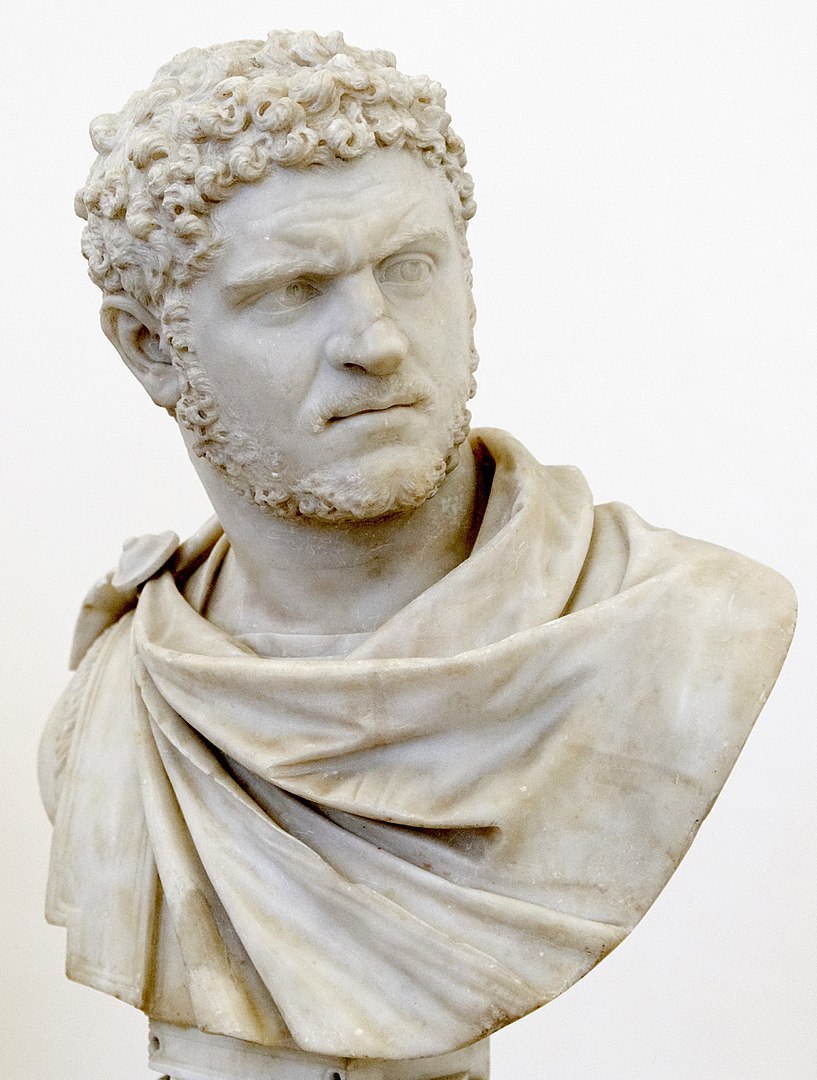Stamp: Téwodros II, Emperor from 1858-1868 (Ethiopia 1964)
Téwodros II, Emperor from 1858-1868 (Ethiopia 1964)
12 December (Ethiopia ) within release Great Ethiopian Leaders II goes into circulation Stamp Téwodros II, Emperor from 1858-1868 face value 25 Ethiopian cent
| Stamp Téwodros II, Emperor from 1858-1868 in catalogues | |
|---|---|
| Michel: | Mi:ET 489 |
| Yvert et Tellier: | Yt:ET 437 |
Stamp is square format.
Portrait of Tewodros II and Ethiopian mapAlso in the issue Great Ethiopian Leaders II:
- Stamp - Johannes IV. (1832-1889) face value 60;
- Stamp - Menelik II. (1889-1913) face value 80;
- Stamp - Serse Dengel, Emporer (1563-1597) face value 5;
- Stamp - Fasilades, Emporer (1632-1637) face value 10;
- Stamp - Yassu, Emporer (1682-1706) face value 20;
- Stamp - Téwodros II, Emperor from 1858-1868 face value 25;
Stamp Téwodros II, Emperor from 1858-1868 it reflects the thematic directions:
A map is a symbolic depiction emphasizing relationships between elements of some space, such as objects, regions, or themes. Many maps are static, fixed to paper or some other durable medium, while others are dynamic or interactive. Although most commonly used to depict geography, maps may represent any space, real or imagined, without regard to context or scale, such as in brain mapping, DNA mapping, or computer network topology mapping. The space being mapped may be two dimensional, such as the surface of the earth, three dimensional, such as the interior of the earth, or even more abstract spaces of any dimension, such as arise in modeling phenomena having many independent variables. Although the earliest maps known are of the heavens, geographic maps of territory have a very long tradition and exist from ancient times. The word "map" comes from the medieval Latin Mappa mundi, wherein mappa meant napkin or cloth and mundi the world. Thus, "map" became the shortened term referring to a two-dimensional representation of the surface of the world.
The word emperor (from Latin: imperator, via Old French: empereor) can mean the male ruler of an empire. Empress, the female equivalent, may indicate an emperor's wife (empress consort), mother/grandmother (empress dowager/grand empress dowager), or a woman who rules in her own right and name (empress regnant or suo jure). Emperors are generally recognized to be of the highest monarchic honour and rank, surpassing king. In Europe, the title of Emperor has been used since the Middle Ages, considered in those times equal or almost equal in dignity to that of Pope due to the latter's position as visible head of the Church and spiritual leader of the Catholic part of Western Europe. The emperor of Japan is the only currently reigning monarch whose title is translated into English as "Emperor"


